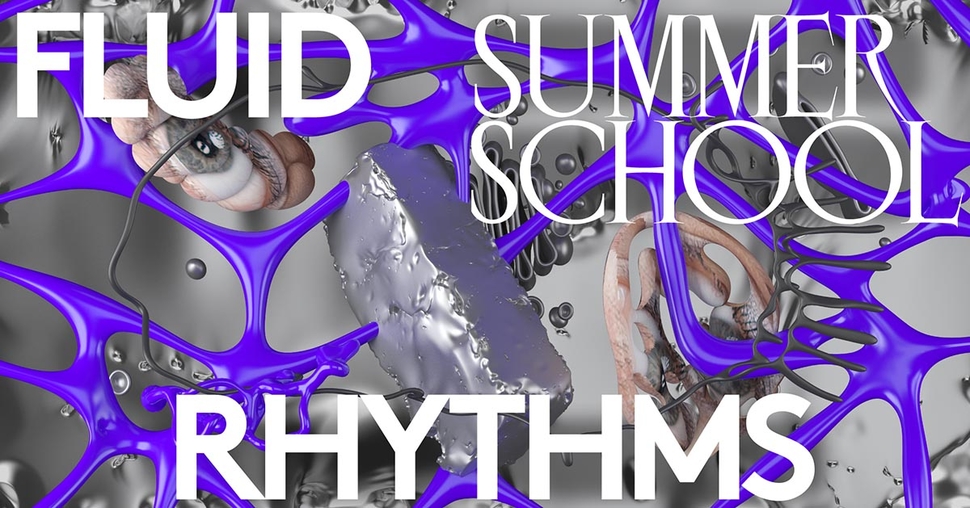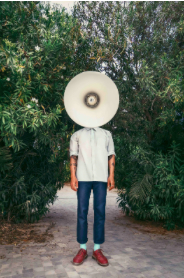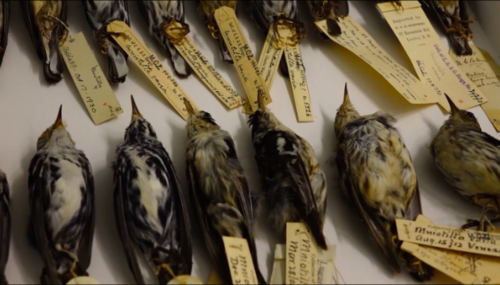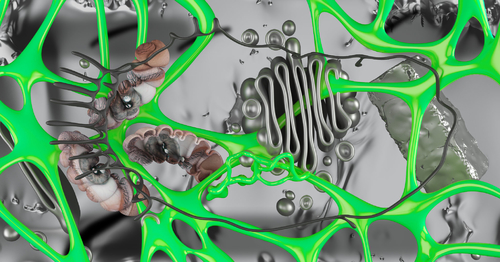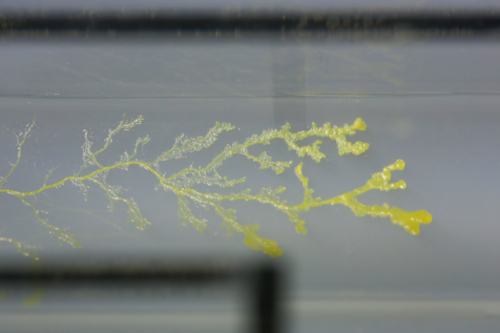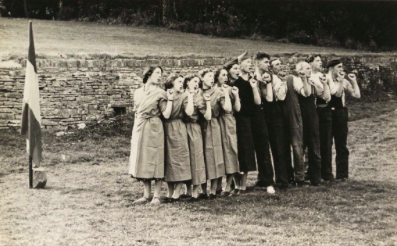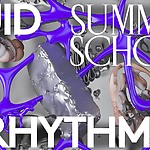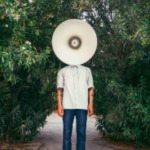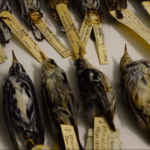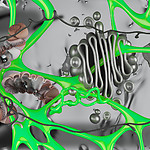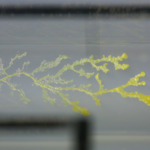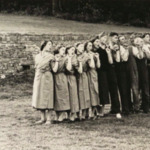Summer School Programme:
Workshop: People taller than buildings: Listening and Sonification in Public Space,
Led by Anton Kats | 15, 16 and 17 August
People taller than buildings is a name for a collaborative protocol investigating the relationship between high-rise buildings in Amsterdam Zuidoost and the potential to develop ambiguous architectures of listening in the open on the margins of the city. Rooted in the applied concept of radio narrowcasts, – open radio studios, installations and radio interventions in public space, artist Anton Kats invites you to playfully explore listening as a generative act conveying the intentions of the listener. Shifting attention from radio specific content and radio technology towards the notion of transmission will allows to raise and address question of the agency and intentionality behind listening and radio as a social and site-specific practice: Who transmits what for whom? What is the transmission? And to what end is it being transmitted?
Workshop: “I Know Why the Caged Bird Sings”,
Led by Nadia Christidi | 15, 16 and 17 August
Among Surinamese-origin communities from Biljmermeer, Amsterdam, to Queens, New York, bird-singing competitions are organized in public parks. Highly trained Picolets (Oryzoborus crassirostris) and Twa Twas (Oryzoborus angolensis), resident birds in Latin America, are made to face off in a bid to see which bird will sing most melodiously and for the longest. This tradition was carried from Suriname, where official competitions have been held in the capital Paramaribo since the 1950s. Although the tradition’s origins there remain unknown, some speculate that it was brought over by an earlier wave of immigrants – indentured laborers conscripted by the Dutch from China, India, and Indonesia to replace slave labor post-abolition. The competitions, as such, attest to multiple transnational migrations – to the (voluntary and involuntary) movement of people, things, and practices. Since the early 1970s, the Surinamese community has had a significant presence in Bijlmermeer.
Symposium: Fluid Rhythms,
16 August 2018, 16.00–20.00 | Location: Imagine IC & OBA Bijlmer | Bijlmerplein 393, 1102 DK Amsterdam Zuidoost
This symposium is a public launch of the seven-month programme Fluid Rhythms. It aims to explore the potential of rhythm as a lens through which we look at the complex urban fabric—the tunings and frictions between multiple elements of a city.
Workshop: City as Superorganism
Led by Heather Barnett | 19 and 20 August
Artist and researcher Heather Barnett will lead two days of fieldwork exploring the area of Bijlmer as a superorganism, a system of dynamic interconnected networks. Shifting perspectives across species and scales, participants will observe, interrogate and interact with their urban surroundings through a series of individual and collective experiments. From slime mould cells to urban infrastructure, ideas of fluidity will be explored through a nonhuman lens, looking at interconnections, information flow and feedback loops. From simple elements, complex behaviours may emerge...
Seminar session 1: Rhythm as Territory
Led by Rebekah Wilson and Pinar Sefkatli | 21 August
In this session, we will discuss different definitions and explorations of rhythm, and will propose to look at rhythm as the factor that forms a territory. While societal territories are established by cultural traditions and rituals, smells of national cuisines or sounds of music, urban spaces are governed by specific structures, such as schedules and working hours, public transport and architectural elements. The landscape of nature and biological typologies create their own unique territory of more interconnected rhythms; it’s hard to separate one from the other. While the rhythms tie together these patterns and different repetitive elements, an individual entity—whether it’s a human or non-human body—is the essential starting point for establishing, encountering, changing or creating a new territory.
Workshop: MASS VOICE’’’’’’’’’’’’’’’’’’’’’’’’’’’’’’’’’’’’’’’’’’
Led by DashN’Dem | 22, 23 and 24 August
Agitprop theatre groups took theatre to working class people. They were mobile groups that played in a variety of locations including factories, warehouses, pubs, the streets and on demonstration lines. Rejecting bourgeois notions of theatre, agitprop actors simplified the content and put more emphasis on the message, often relying on their physical bodies and voice.
We will update this historical form of agitprop with workshops participants and residents of Biljimeer, producing a collective call for social action today. A mass rap responding to the vibrant rhythms of the Bilmer, a dynamic multicultural community with music and dance from Kaseko to hip-hop.
Workshop: Micro-performances / Macro-connections
Led by Pei-Ying Lin | 22, 23 and 24 August
This is a three days exploration of human as biological dynamic assembly - how we make connections with other living beings, and how human and all biological beings connect through the microscopic and macroscopic. How we live and perform together, how we migrate with each other, and how we transform each others.
How do we share our experiences and how do we make connections with other people through the encounter of other species with our inner side of the body? The workshop will be looking at these relationships through food relating with the participants and Bijlmer area, from the scale of earth to the scale of microscopic. By getting to know the people and, restaurants, and markets with food in Bijlmer area to map out the activities of microbes and ‘biological activities’ within the community. And more particularly, fermentation, migration, and microbes migration. These materials will become the ‘ingredients’ we construct our new biological possibilities. Through developing different sensorial ways of observing to create an expanded performance that doesn’t only happen at human scale but also inside the human body and hopefully across communities. In short and simple words: we will be creating a performance with the microbes telling the story of human and microbes migration while exploring the possibilities of deepening the relationship and reflecting what we really are.
